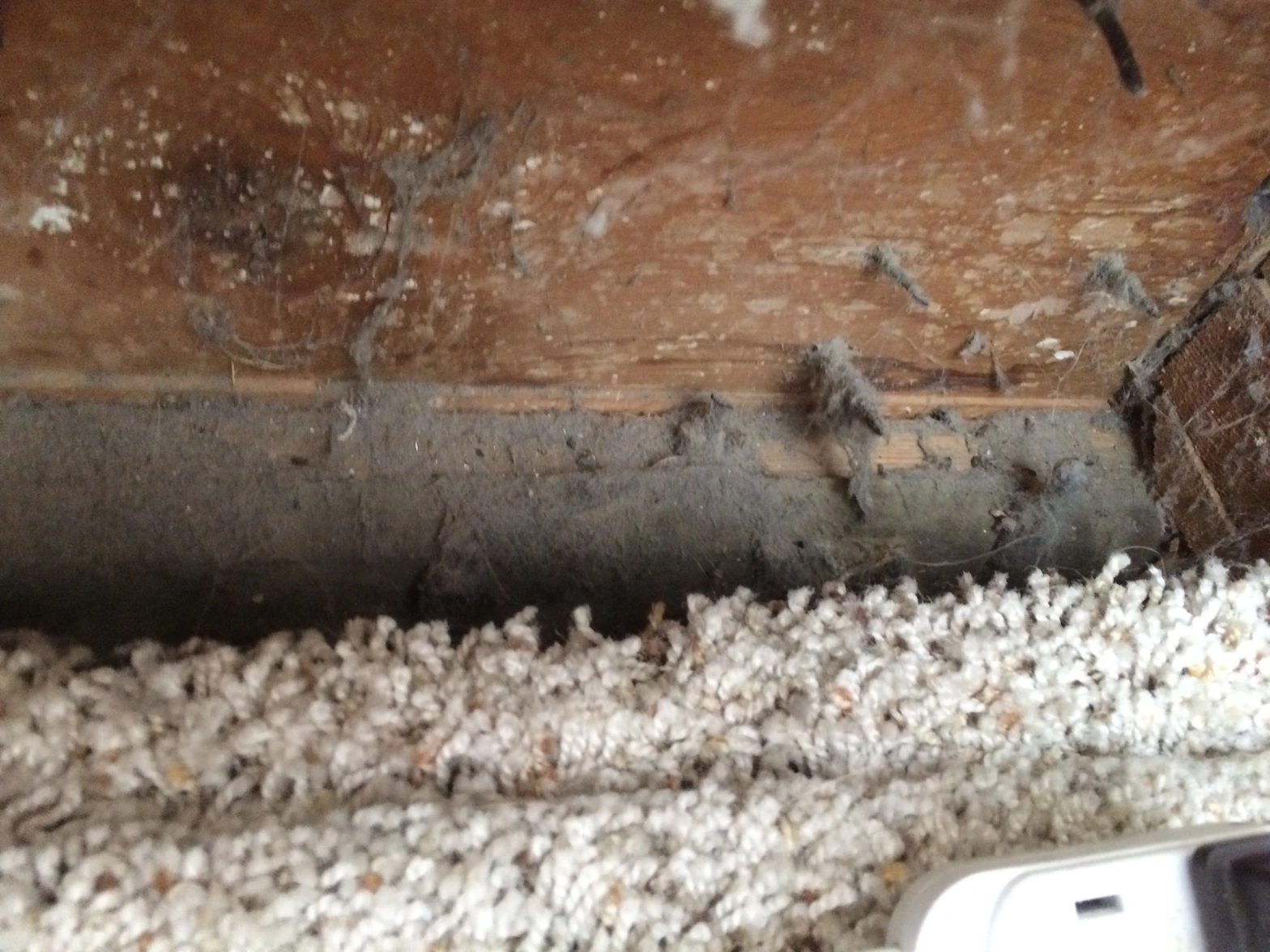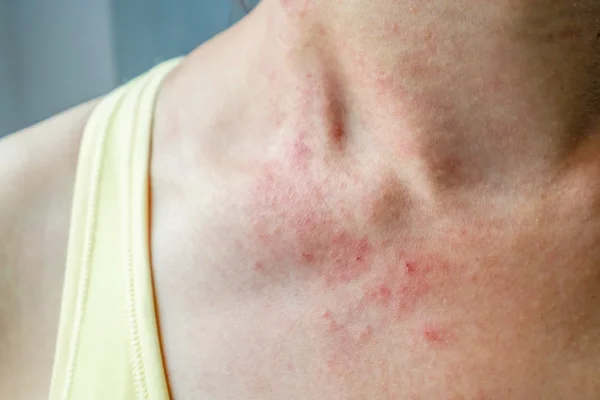Email Address
info@iapaai.com
Email Address
paai.pedsallergy@gmail.com

Dust mites are microscopic arthropods (a type of tiny creature related to spiders and ticks) that thrive in household environments, particularly where there is warmth, humidity, and plenty of organic matter (like dead skin cells) for them to feed on. They are so small that they are typically not visible to the naked eye. In fact, you would need a microscope to see them clearly.
While irritants themselves may not cause the body’s immune system to overreact (as allergens do), they can still lead to symptoms similar to those of an allergic reaction, such as nasal congestion, coughing, or itchy eyes. These irritants often exacerbate underlying allergies or asthma by making the airways more sensitive.
The most common types of dust mites are Dermatophagoides pteronyssinus and Dermatophagoides farinae.
Dust mites are generally 0.2 to 0.3 millimeters long, making them invisible to the naked eye.
Dust mites live in bedding, mattresses, carpets, upholstered furniture, and curtains. They tend to thrive in areas with high humidity (above 50%) and moderate temperatures (between 68-77°F or 20-25°C).
Dust mites primarily feed on dead skin cells shed by humans and animals. The average person sheds millions of skin cells every day, providing a ready food source for dust mites, particularly in places where people sleep or spend a lot of time, like beds and sofas.
Dust mites reproduce quickly. A female dust mite can lay up to 100 eggs during her lifetime, and the entire life cycle, from egg to adult, typically takes 2-3 weeks.
The real problem with dust mites is that they produce allergens. These allergens come from:
- Feces: The primary allergen is a protein found in the feces of dust mites.
- Body Parts: As dust mites grow and shed their exoskeletons, they also release allergens.

These tiny particles can become airborne and are easily inhaled, especially during activities like vacuuming, dusting, or when you move around in bed or on the sofa. For people with allergies or asthma, dust mite allergens can trigger a range of symptoms.
Health Effects of Dust Mites
For many people, exposure to dust mite allergens can cause allergic reactions, including:
Sneezing
Runny or stuffy nose
Coughing
Itchy or watery eyes
Wheezing or difficulty breathing (especially for people with asthma)
Skin rashes or eczema
Dust mites are nearly ubiquitous in indoor environments. They thrive in soft furnishings and bedding, where they have access to plenty of food (dead skin cells) and moisture. Because they are so small and not easily seen, it’s easy for them to go unnoticed until allergic reactions begin.
Although you can’t completely eliminate dust mites from your home, you can reduce their numbers and the risk of allergic reactions by following strategies like controlling humidity, keeping your home clean, and using protective covers for bedding and furniture.


Use a Dehumidifier: Dust mites prefer high humidity (above 50%). Keeping humidity levels between 30-50% can make your home less hospitable to them.
Ventilation: Ensure good airflow in your home by opening windows when possible, using exhaust fans, and ensuring rooms aren’t too damp, particularly in bathrooms and kitchens.
Wash Sheets & Pillowcases: Wash your bedding (including sheets, pillowcases, and blankets) weekly in hot water (at least 130°F/54°C) to kill dust mites and remove their allergens.
Use Allergen-Proof Covers: Encase pillows, mattresses, and box springs in zippered, dust-mite-proof covers. These are usually made of tightly woven fabrics that prevent mites from entering.


Vacuum Regularly: Vacuum carpets, rugs, and upholstered furniture at least once a week using a vacuum cleaner with a HEPA filter to trap dust mites and allergens. Consider using a vacuum with a special mite-reducing attachment.
Dust with a Damp Cloth: Use a damp microfiber cloth to dust surfaces, as dry dusting can stir up dust particles that contain dust mites.
Remove Carpets: If possible, replace carpets with hard flooring such as wood, tile, or linoleum, which is easier to clean and doesn’t harbor dust mites as much.
Wash or Clean Upholstery: If possible, wash removable covers on sofas and chairs in hot water. For furniture that can’t be washed, use a vacuum with a HEPA filter or a steam cleaner.
Launder Curtains: Wash curtains regularly or use a vacuum cleaner with a soft brush attachment to remove dust from them.


Mite-Repelling Sprays: Some sprays claim to reduce dust mite populations by disrupting their environment. While not a total solution, these can be used on mattresses, carpets, and furniture.
Bedding and Mattress Treatments: Some companies offer treatments designed to reduce dust mites on bedding and mattresses. These treatments may contain natural ingredients like eucalyptus or tea tree oil.
Opt for Easy-to-Clean Furniture: Choose furniture with non-upholstered, smooth surfaces that are easy to wipe down and clean. Avoid large, plush furniture that can collect dust.
Consider Non-Carpeted Floors: Hard floors (tile, wood, or vinyl) don’t trap dust as carpets do, making them easier to maintain and cleaner for people with allergies.


Mite-Repelling Sprays: Some sprays claim to reduce dust mite populations by disrupting their environment. While not a total solution, these can be used on mattresses, carpets, and furniture.
Bedding and Mattress Treatments: Some companies offer treatments designed to reduce dust mites on bedding and mattresses. These treatments may contain natural ingredients like eucalyptus or tea tree oil.
By following these steps, you can significantly reduce your exposure to dust mites and improve indoor air quality, which is particularly important for people with allergies or asthma.
IAP Pediatric Allergy and Applied Immunology Chapter (IAP-PAAI) aims to promote awareness, education, research, and best practices in the field of allergy and asthma. It also works to enhance access to care, provide support to healthcare professionals, and advocate for policies that benefit patients with these conditions.
Copyright © 2024. All rights reserved.